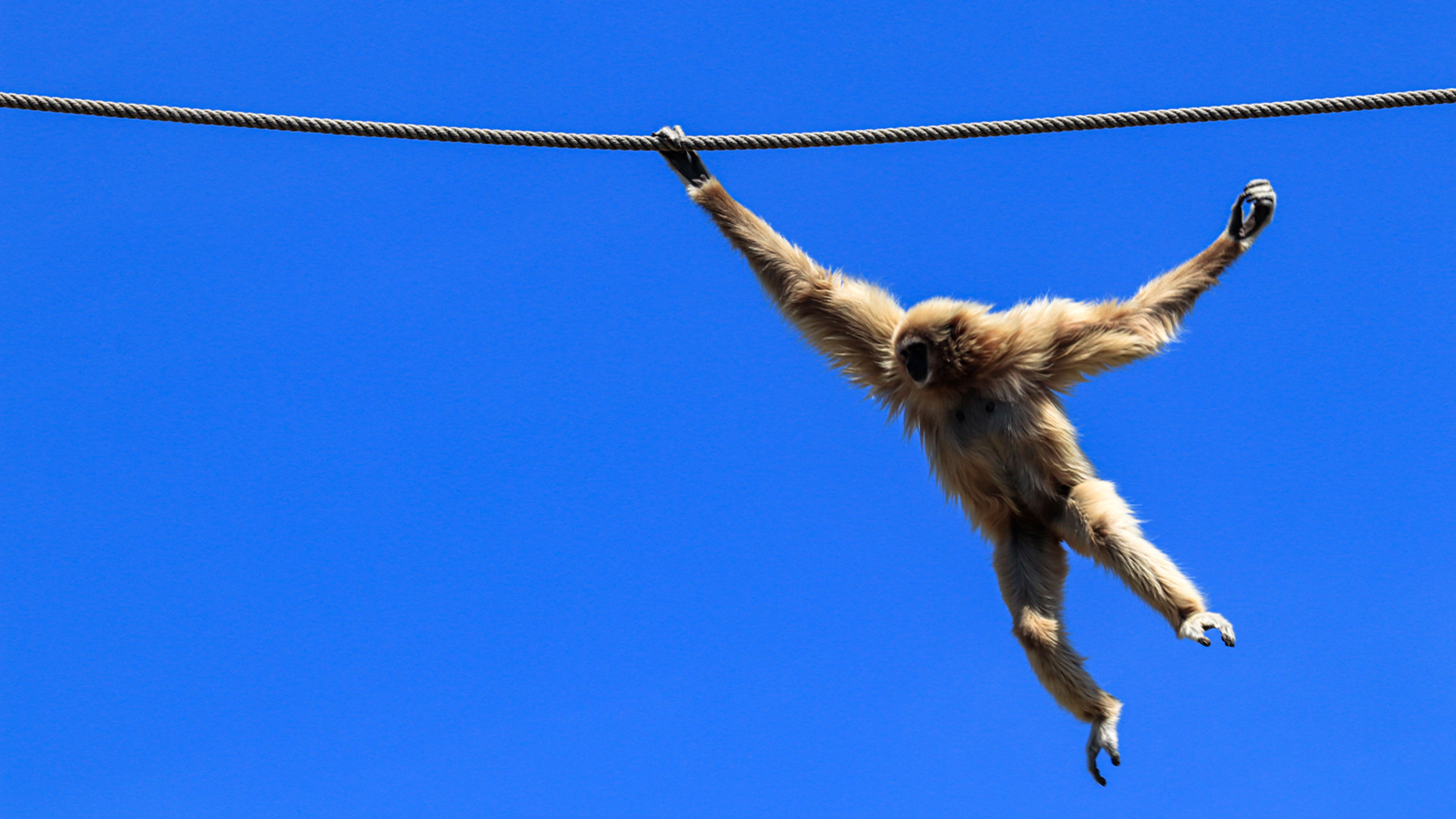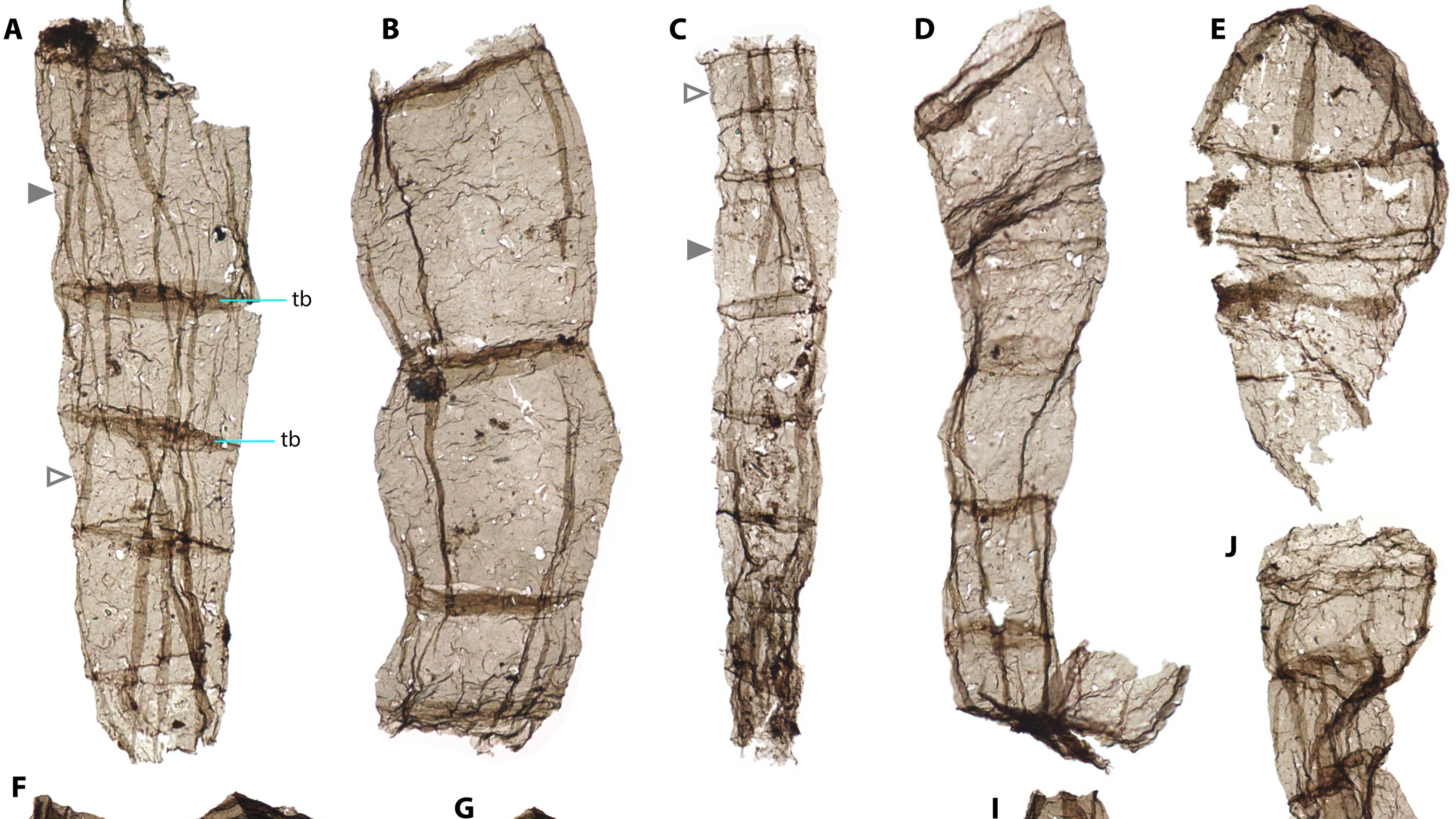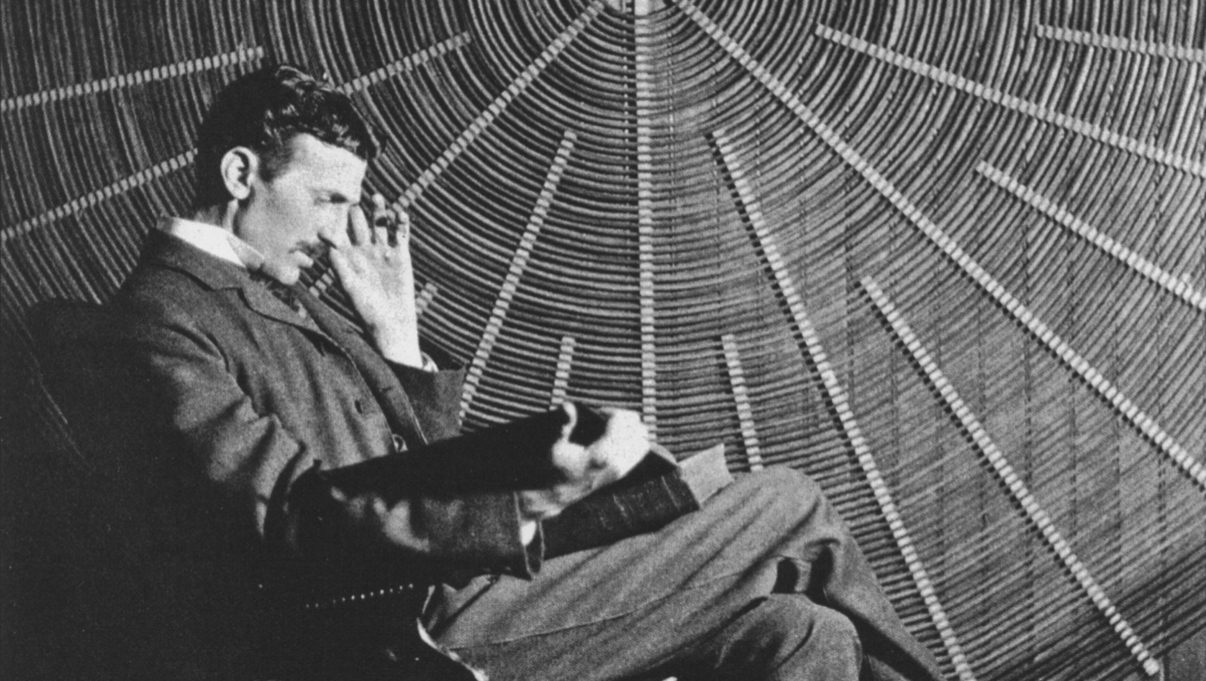From sharks to elephants, many animals are champions of olfaction (smelling).
Dogs are the most famous. Through their sense of smell, dogs can tell which direction a person traveled and even can distinguish between identical twins.
Dogs can be trained to detect just about anything, including electronic devices.
ED YONG: Many animals from sharks to elephants are amazing at smell, but the ones that I think are closest to us and that we think of most often as olfactory champions are dogs. The things that dogs can do with their noses are truly extraordinary. They can tell identical twins apart by smell. They can tell the direction a person has walked in by sniffing the footsteps that remain behind. They have been trained to detect drugs, obviously, but also everything from electronics to the scat of big predators. You have dogs with like goggles and snorkels sitting on the prowess of boats sniffing away for the scent of whales. All of these things, I think, are like incredible party tricks, right? They make us 'gasp' and 'wow' at the amazing abilities of dogs, but I think that the things they can do with smell are extraordinary in a much more everyday way.
I'm Ed Yong. I'm a science writer at "The Atlantic," and I'm the author of "An Immense World: How Animal Senses Reveal the Hidden Realms Around Us." So to learn more about how dogs smell the world, I wanted to talk to an expert who's really thought hard about the olfactory world of dogs. And there's none better than Professor Alexandra Horowitz at Columbia University. She's a psychologist who works with dogs, who has dogs of her own, and has written extensively about their noses and their sense of smell. So I met her and her Lab mix, Finn, at Columbia. She showed me some of the experiments that she's done with Finn, and we went for a long walk around a nearby park. And the walk is really important because Alexandra has this strong belief that dogs should be allowed to be dogs. They should be allowed to smell to their nose's content. Often human owners pull them away from that olfactory world. We see walks as exercise or a means getting from point A to point B, and we hurry our dogs along. We pull them away from attempts to sniff the world around them. Alexandra does the opposite: she allows her dog's agency. She lets them sniff and control the pace of the walk. And she has done studies showing that as a result, they are more optimistic. They're less anxious. They're just happier. They're more doglike.
I think many of us who own dogs may not have really looked at this, but the next time you look at your dog, just pay attention to the shape of its nostrils. There are two holes at the front like ours, but the holes curve off to the sides like apostrophes- and those side slits are really special. Like if I was to bend down and sniff along the ground, every time I exhaled, I would push odors on the ground away from me. But when a dog exhales, those side slits create little vortices that actually waft odors into its nose. So a dog that's sniffing, whether it's exhaling or inhaling, is continuously getting this conveyor belt of smell wafting into its nose. And dogs can do this for a huge amount of time. If I kept on sniffing, I would hyperventilate. A dog can keep on doing it and be fine and just continuously update its sensory snapshots of the world in the process.
Light and smells are obviously two very different kinds of stimuli. Light travels very fast. It moves along straight lines, and so vision feels like quite an instantaneous sense to us, but one that's also blocked by obstacles. I can't see through the walls around me. Smells are different. Smells are just small molecules drifting through the air. They move a little bit more slowly. They can diffuse and seep and they can last over a long period of time. The smells in this room will waft over from other rooms, around corners. They can reveal what happened in the recent past. They can tell me about who was recently in this room in the way that light cannot. But to make use of that information, I would need to have the right nose or at least have a brain that pays attention to the information that smells provide. I don't have any of that hardware, but a dog very much does. Much of what exists in a dog's nose is similar to what exists in ours, but there's just more of everything. If I inhale, air goes into my nose and then it passes by this sticky layer on the underside of my pallet, and that's the 'olfactory epithelium.' That's where molecules in the air that provide us with our sense of smell are grabbed and detected. In a dog's nose, it works a little bit differently. There is a structure that cleaves that air stream in two- some of it moves upwards into the dog's nose while the rest goes into the lungs. The bit that goes into the nose enters this kind of bony labyrinth- this very convoluted set of passages- and the olfactory epithelium in the dog is spread around those passages. And that greatly increases the surface area over which the dog can grab passing molecules in that air.
When a dog's inhaling and exhaling, it's not constantly pushing scents out of its nose. There's always scent that lingers and that can be detected. So every day I take my dog Typo out for a walk and I just watch him as he explores the pavements around us. We'll be walking along, and Typo will suddenly grind to a halt and fastidiously explore the spot of pavement that looks identical to all the other spots of pavements around it, but clearly, to him, smell fresh and exciting and enticing. He'll, just with maximal delicacy, look at every leaf and every budding flower. A dog's sense of smell does allow it to peer into the past. He can smell which dogs have been on that street before us. I absolutely cannot, but he has access to that kind of information. He can likely identify the friends that he has at our local dog park. He can probably tell things about their current status, you know, their health. When I take Typo on a walk and I see him sniff like patches of pee, to me, that's like watching a person scroll their social media feed. You know, when I'm walking next to him looking at Instagram on my phone, we're basically doing the same thing. It's a deeply cognitive and very social experience. My dog licks my face first thing every morning. I don't necessarily want him to be eating poop off the street, but if he wants to smell it, that's fine. That's just him being a dog. And similarly, you know, I've seen dog owners pulling their dogs away from sniffing the genitals of other dogs because that's not a thing humans would do to each other. We culturally think of it as being uncouth or gross, but it's not any of those things to a dog. It's actually very natural and incredibly social. You know, there's a reason why a dog meeting a strange dog will sniff its groin or its butt. It gets information about that dog in the same way that I might get information from looking at someone or from asking them about their name. A dog doesn't have to ask. It can just sniff. When they do that, we allow them to exercise and flex their sensory abilities in the way that evolutionists have primed them to do.
Dogs live in that olfactory world. By pulling them away from that, by forcing them to live in our experience rather than theirs, I think we are depriving them of a certain 'dogness.' And I think that's a shame because they are different to us, and we should embrace that difference rather than try and flatten it.







